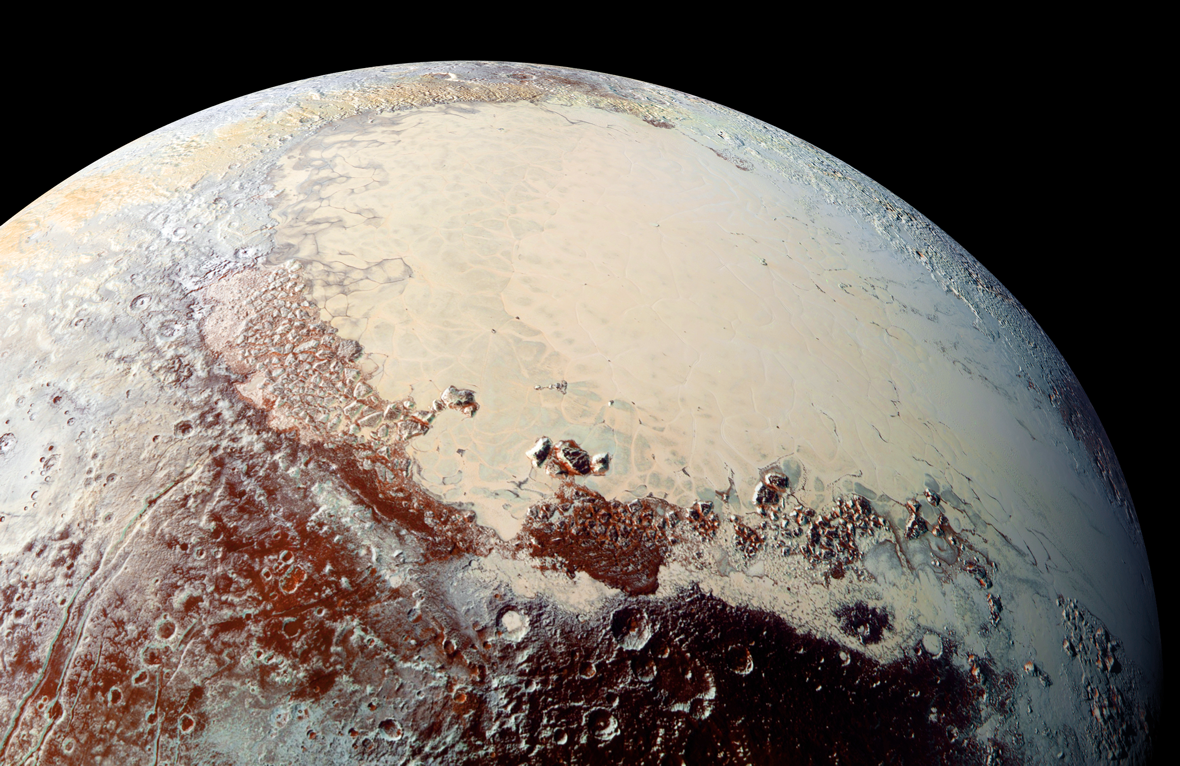
It was two years ago today that NASA’s New Horizons spacecraft became the first-ever probe to visit Pluto in the cold, outer fringes of the Solar System. To help celebrate the occasion, NASA has posted a new video of the epic flyby, when the spacecraft soared over the tall mountains and vast icy plains of this small but active world.
The video shows what it would have been like to observe Pluto from onboard New Horizons, featuring a landscape that in some ways is utterly alien and yet still familiar in other ways. Long thought to probably be a cold, inert place, Pluto was revealed to be surprisingly active, with vast, slow-moving glaciers of nitrogen ice and tall mountains of solid water ice, as well as methane ice in places. Unusual pits cover parts of the icy plains and elsewhere, huge “blades” of ice stick out from the surface, reaching 500 meters tall (similar to Penitentes on Earth but much larger). There is also evidence for once-flowing rivers of nitrogen and possible current cryovolcanoes (ice volcanoes). There may also be a liquid water ocean still residing deep below the surface. When backlit by the Sun, Pluto is seen to have a beautiful bluish atmosphere with haze and possible clouds.
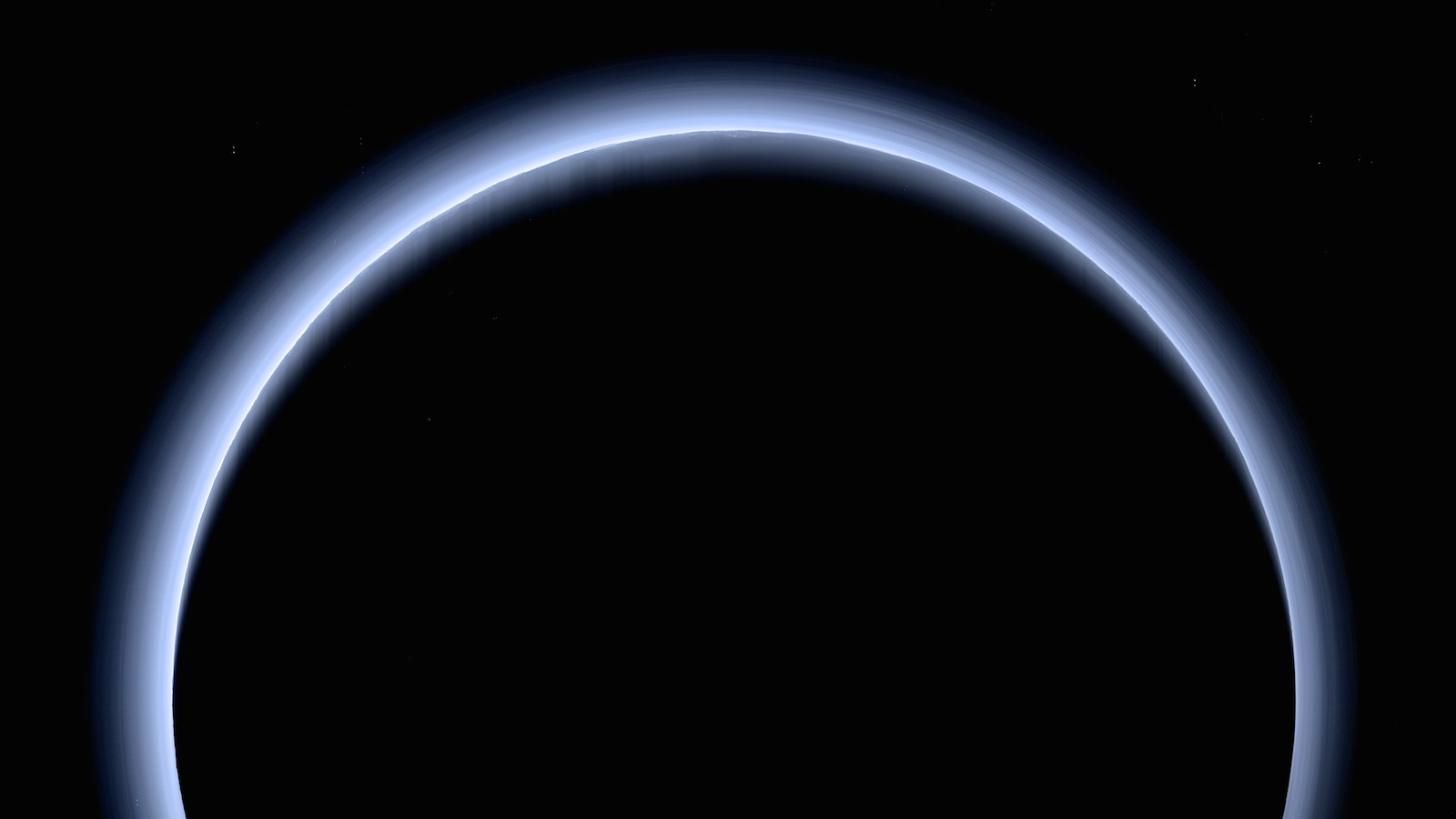
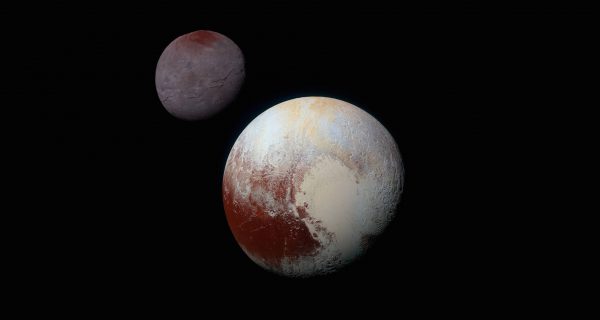

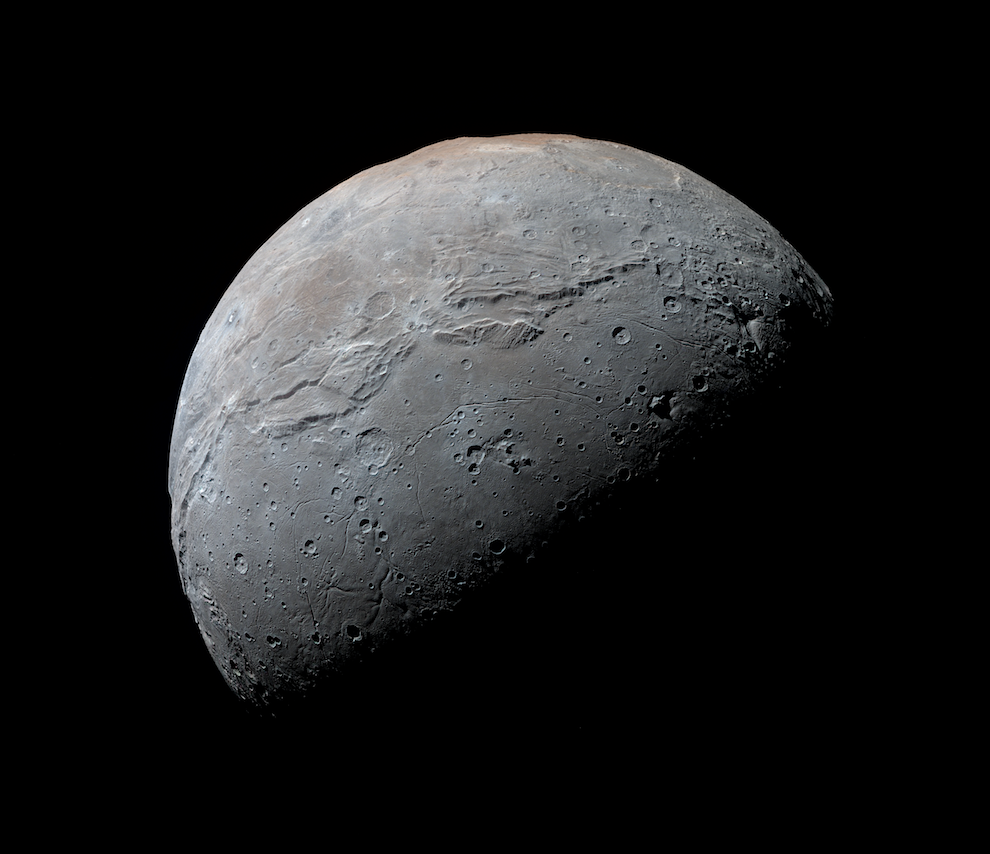
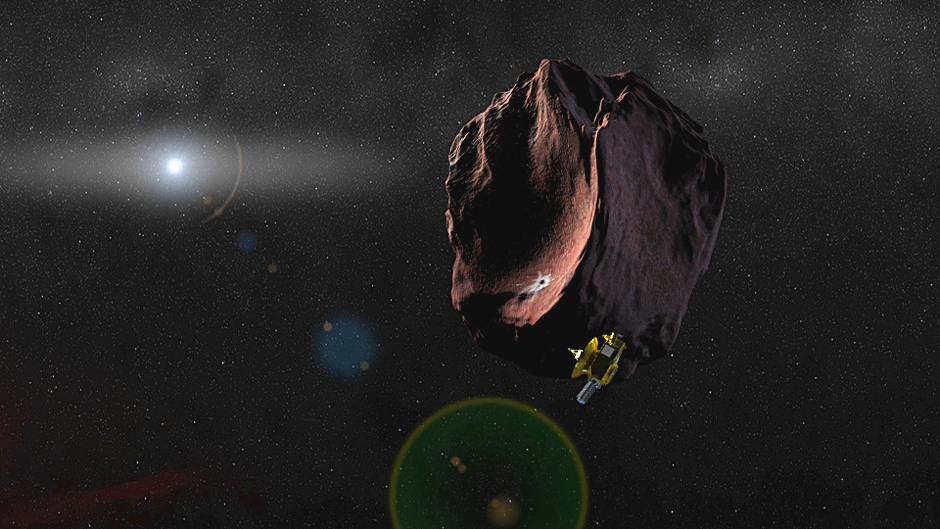
There is also a new flyby video of Pluto’s largest moon, Charon, which has deep valleys, evidence of tectonic activity, an odd “mountain” sitting in a moat-like depression and a north polar cap of reddish methane ice. The other four moons are much smaller, and inactive, but overall the Pluto system presented many surprises for planetary scientists. How could such small worlds, so far from the Sun, be so geologically active?
Now, New Horizons is preparing for its next flyby, of the Kuiper Belt Object (KBO) called 2014 MU69, which it will reach on Jan. 1, 2019. 2014 MU69 is much smaller than Pluto, but should still provide valuable clues as to how all these objects in the Kuiper Belt, including Pluto, formed billions of years ago. The Pluto system has amazed and confounded scientists with its weirdness. As noted by New Horizons’ principal investigator Alan Stern:
“The Pluto system data that New Horizons collected has amazed us over and over again with the beauty and complexity of Pluto and its system of moons. There’s a great deal of work ahead for us to understand the 400-plus scientific observations that have all been sent to Earth. And that’s exactly what we’re going to do – after all, who knows when the next data from a spacecraft visiting Pluto will be sent?”
.
Be sure to “LIKE” AmericaSpace on Facebook and follow us on Instagram & Twitter!
.
Missions » New Horizons »




